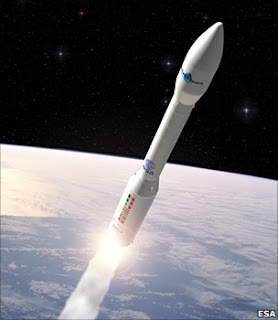Facebook halts phone number sharing feature

NEW YORK (CNNMoney) -- Facebook is temporarily disabling a feature that gave app developers access to some of the most sensitive personal data it possesses: Members' addresses and phone numbers. The company had slipped the feature in quietly, announcing it at the end of last week in a post on its developer blog. But late Monday, Facebook said it is suspending the feature until it can fine-tune how it works. * 572 * * * Email * Print "Over the weekend, we got some useful feedback that we could make people more clearly aware of when they are granting access to this data," Facebook wrote on its developer blog. "We agree, and we are making changes to help ensure you only share this information when you intend to do so." Those changes will roll out "in the next few weeks," Facebook said. In the meantime, it has suspended the phone number and address gathering option. In its blog post last week describing the new feature, Facebook said me...












